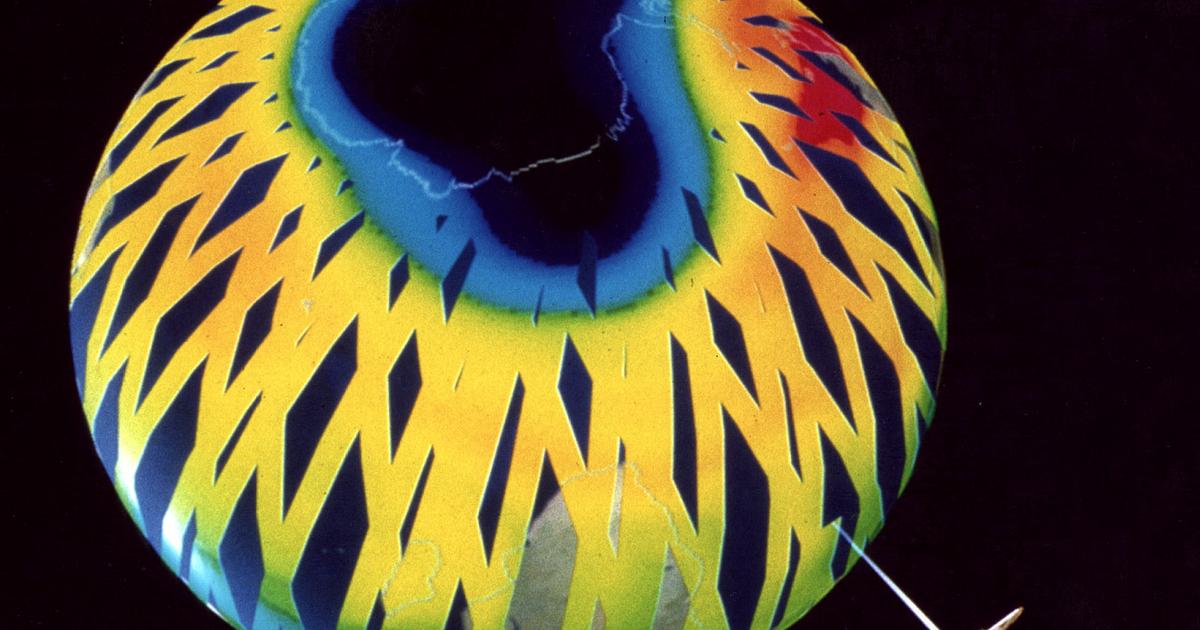
The European Space Agency announced that the European satellite ERS-2 burned up in the atmosphere
The satellite completed its Earth observation mission thirteen years ago.
The European Space Agency (ESA) reported that the European satellite ERS-2, which completed its Earth observation mission 13 years ago, ended its life by entering the atmosphere on Wednesday.
The backup operation towards our planet began in 2011, to prevent the accidental destruction of this object in orbit from scattering debris that is dangerous for active satellites and the International Space Station (ISS).
Pioneer satellite
“We have confirmation of ERS-2's atmospheric re-entry at 5:17 PM GMT over the North Pacific Ocean between Alaska and Hawaii.”ESA's Operations Center announced on X (formerly Twitter). Most of the 2.3 tons of ERS-2 were theoretically consumed when it reached the lower layers of the atmosphere at an altitude of about 80 kilometers. ERS-2, a pioneering Earth observation satellite, was launched in 1995 and was positioned at an altitude of about 800 km.
At the end of its mission, the European Space Agency returned it to about 500 kilometers, after which it descended naturally and gradually toward Earth in just 13 years, by the force of gravity alone. Instead of the 100 to 200 years it would have taken had it remained at its initial height. On the eve of its destruction, it was still at an altitude of more than 200 kilometers. On average, an object with a similar mass to ERS-2 ends its days in the atmosphere once every week or two, according to the European Space Agency.
Being deprived of its internal power (fuel, batteries, etc.) since the end of its mission, the machine posed a significant risk of explosion and debris creation. In July 2023, the European satellite Aeolus returned to Earth in a controlled manner, from an orbit lower (300 km) than that of ERS-2. The wreckage fell into the Atlantic Ocean. In the case of ERS-2, the chance of one of its debris hitting a person on Earth was less than one in a hundred billion, according to an ESA blog dedicated to the mission.
The European Space Agency launches a charter in 2023 “Zero debris” For space missions designed from 2030. Waste from used satellites, rocket parts and collision debris has accumulated since the beginning of the Space Age. This is a problem that has worsened in recent decades. According to estimates by the European Space Agency, there are about a million satellite or rocket debris in orbit larger than one centimeter, large enough to be thrown away. “Disable a spacecraft” In case of shock.

“Incurable web evangelist. Hipster-friendly gamer. Award-winning entrepreneur. Falls down a lot.”
